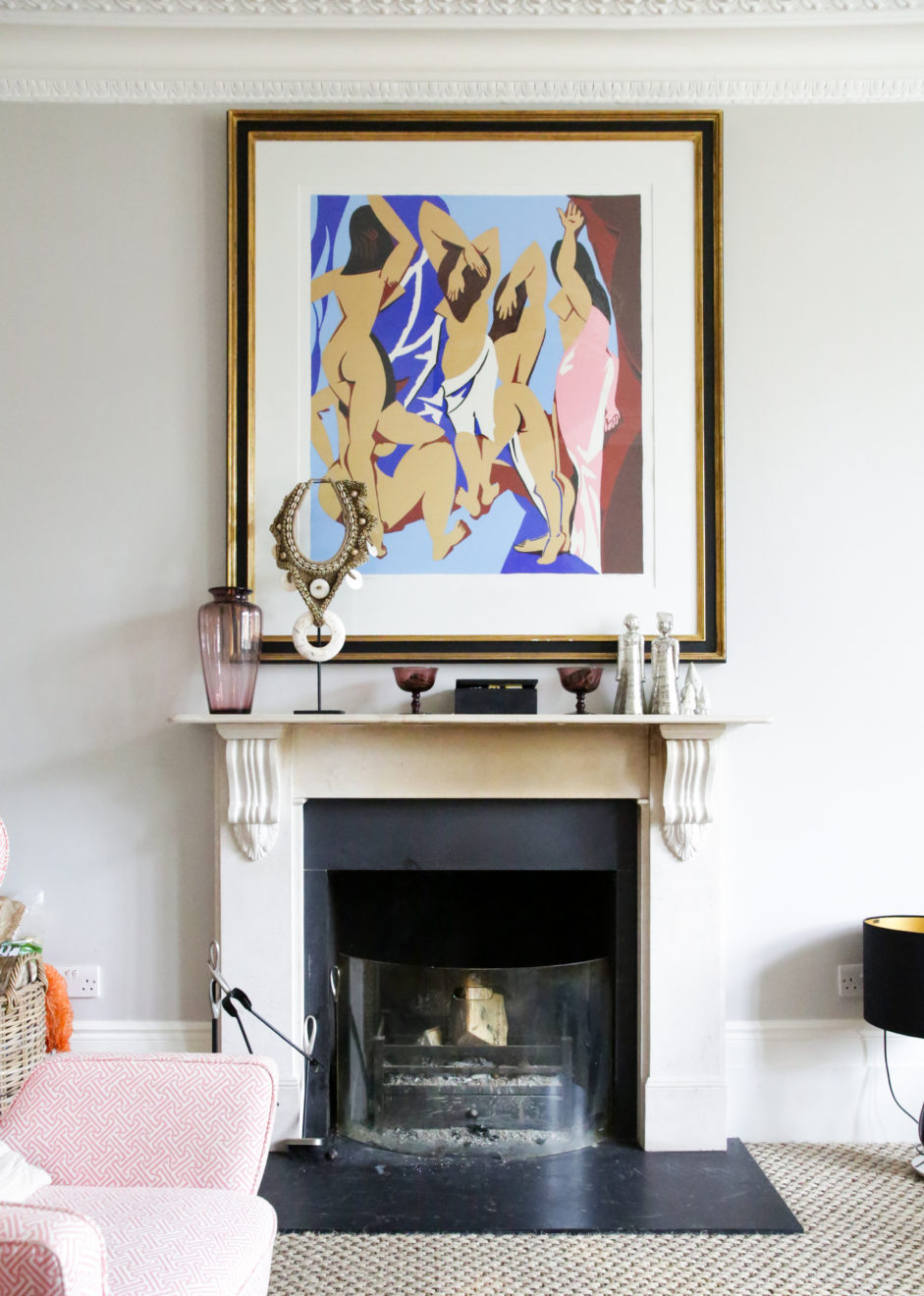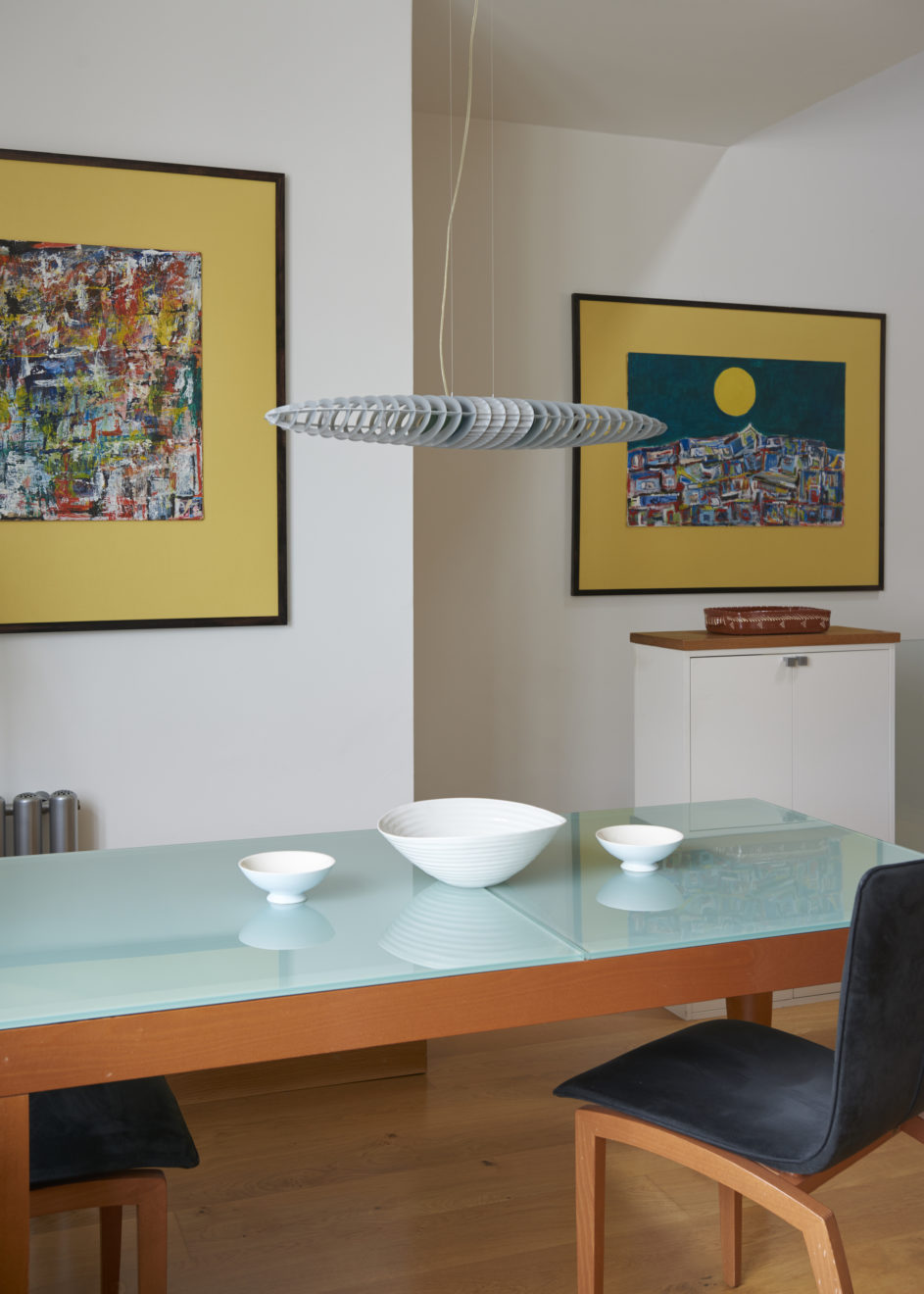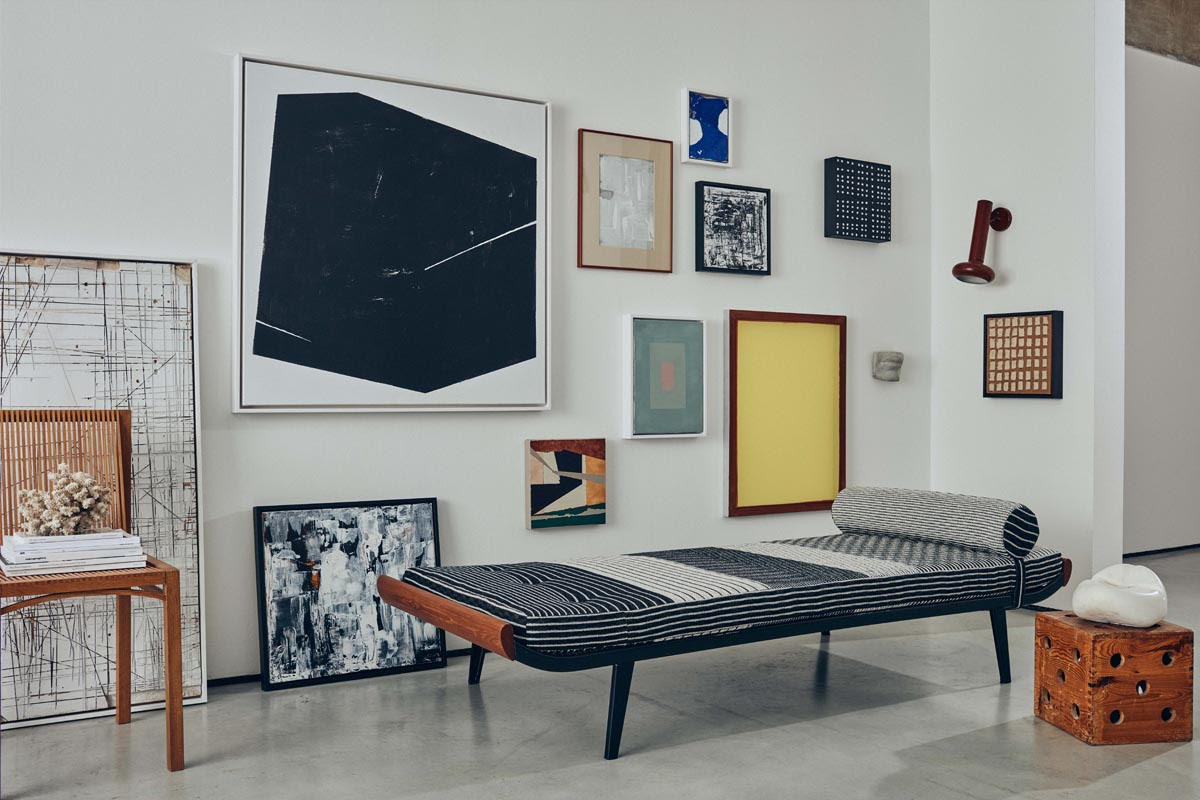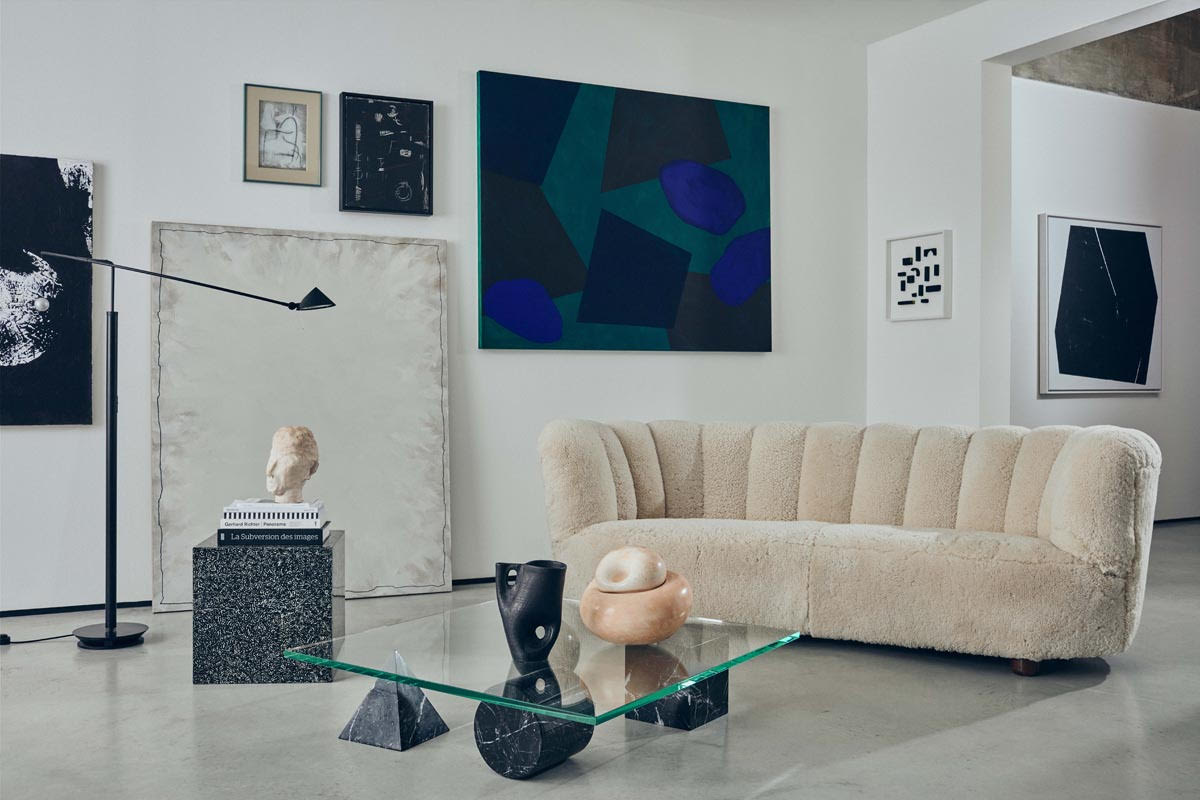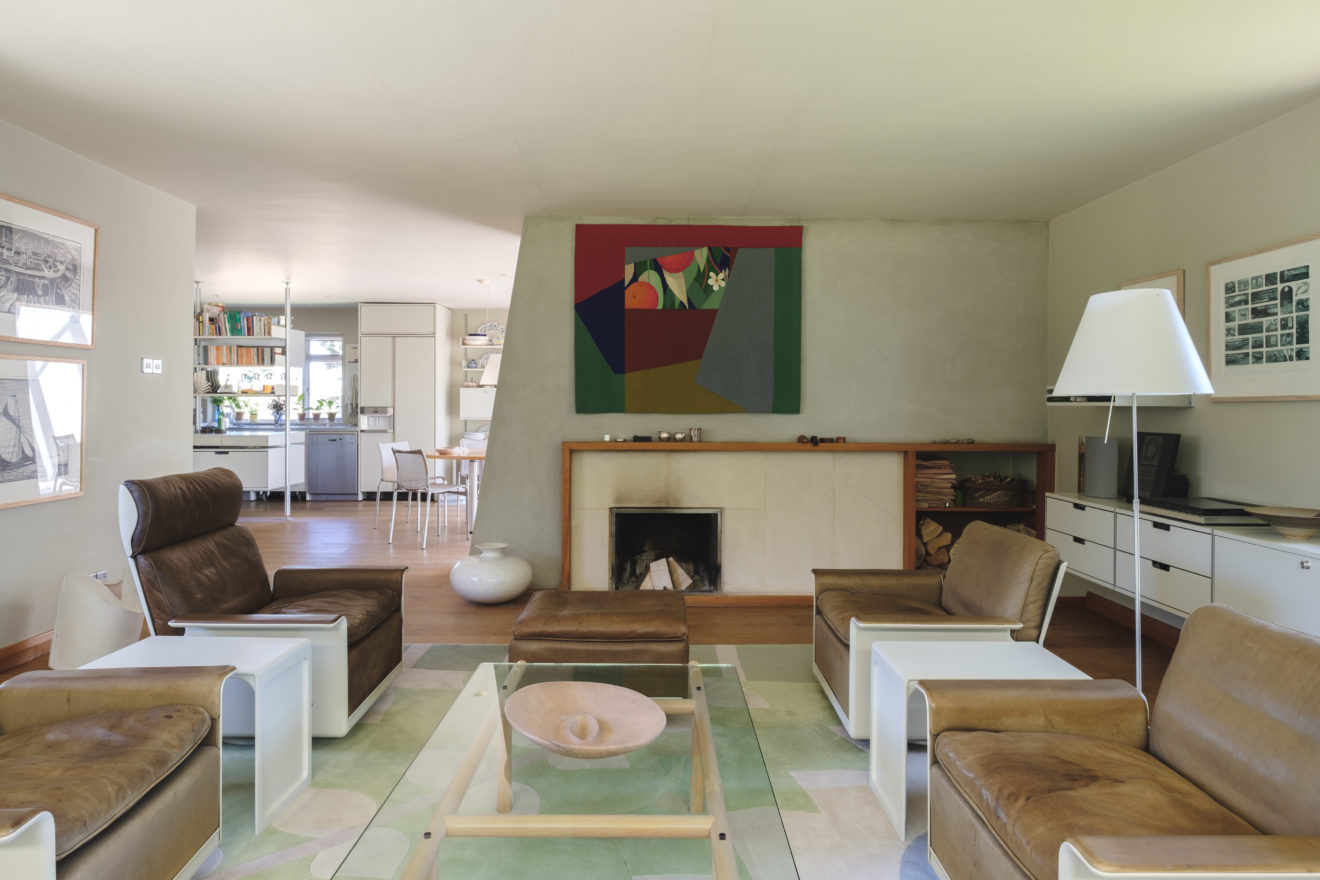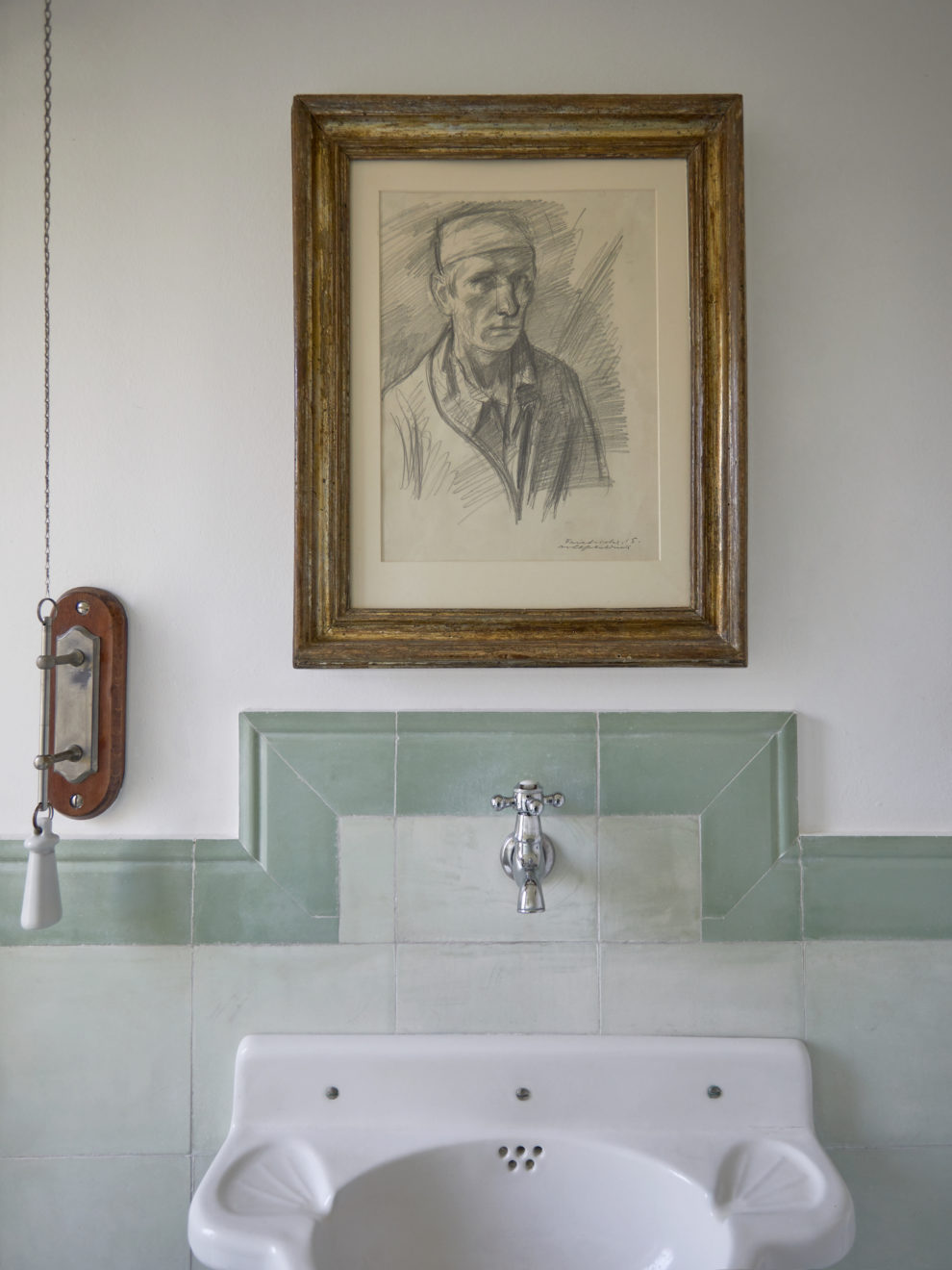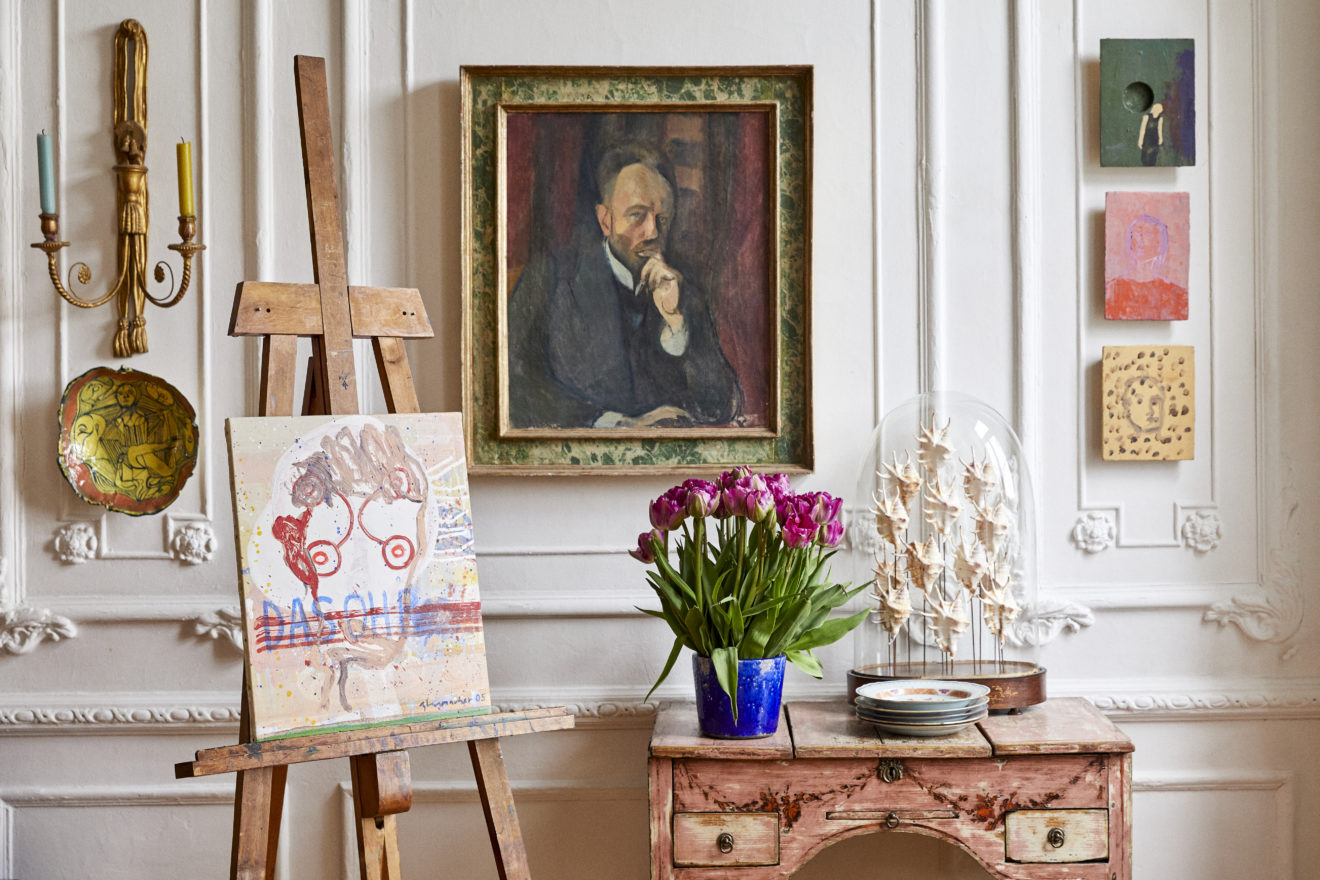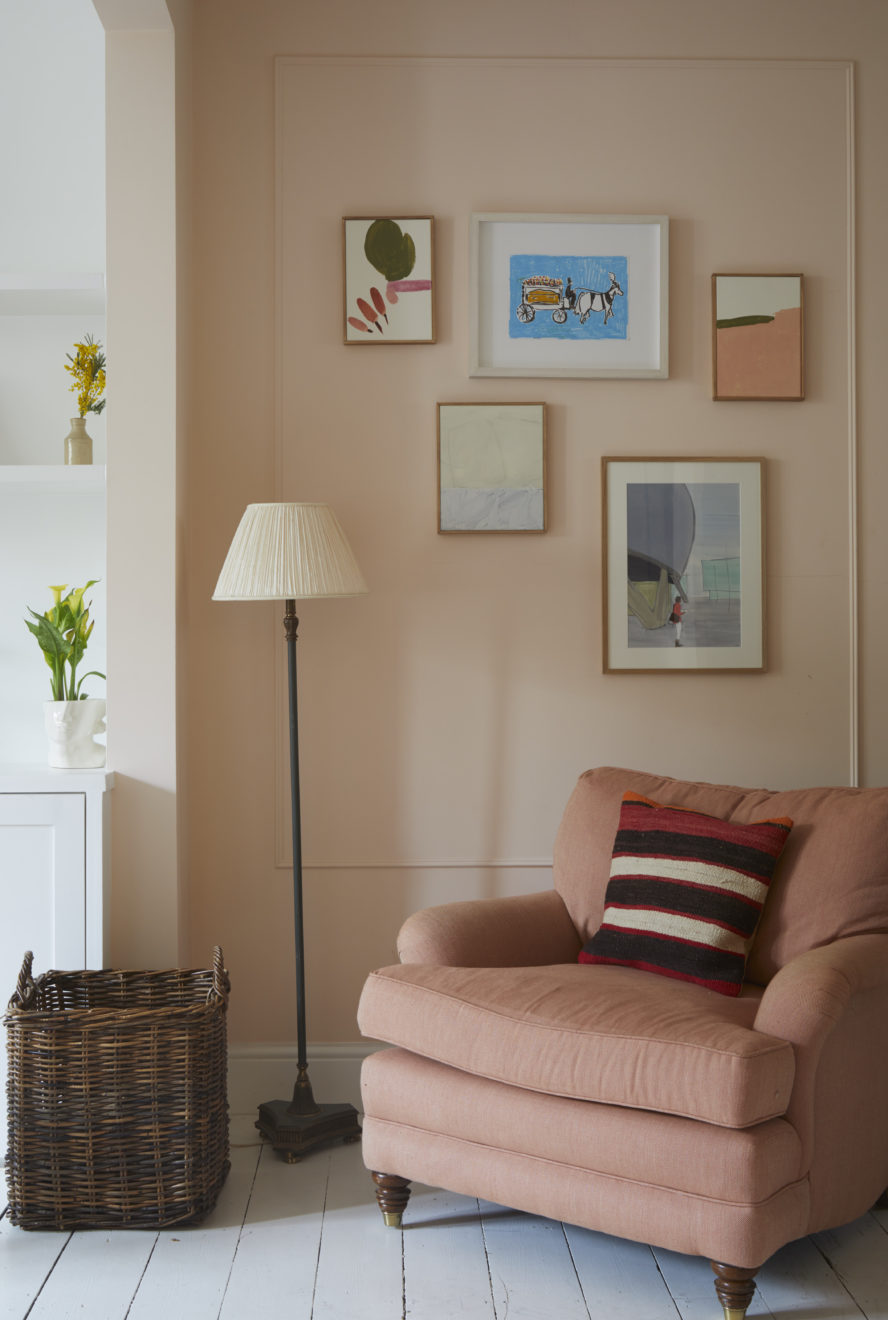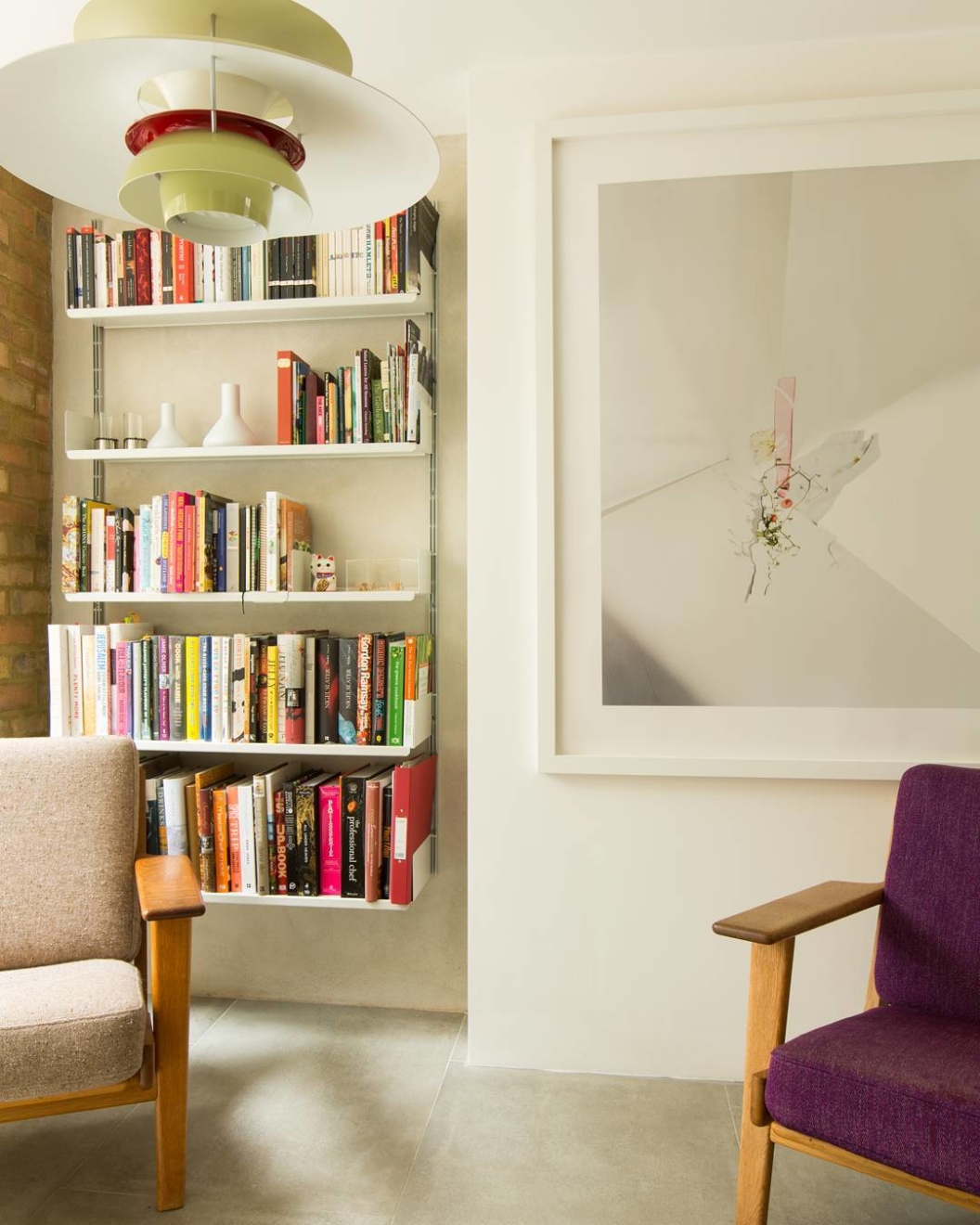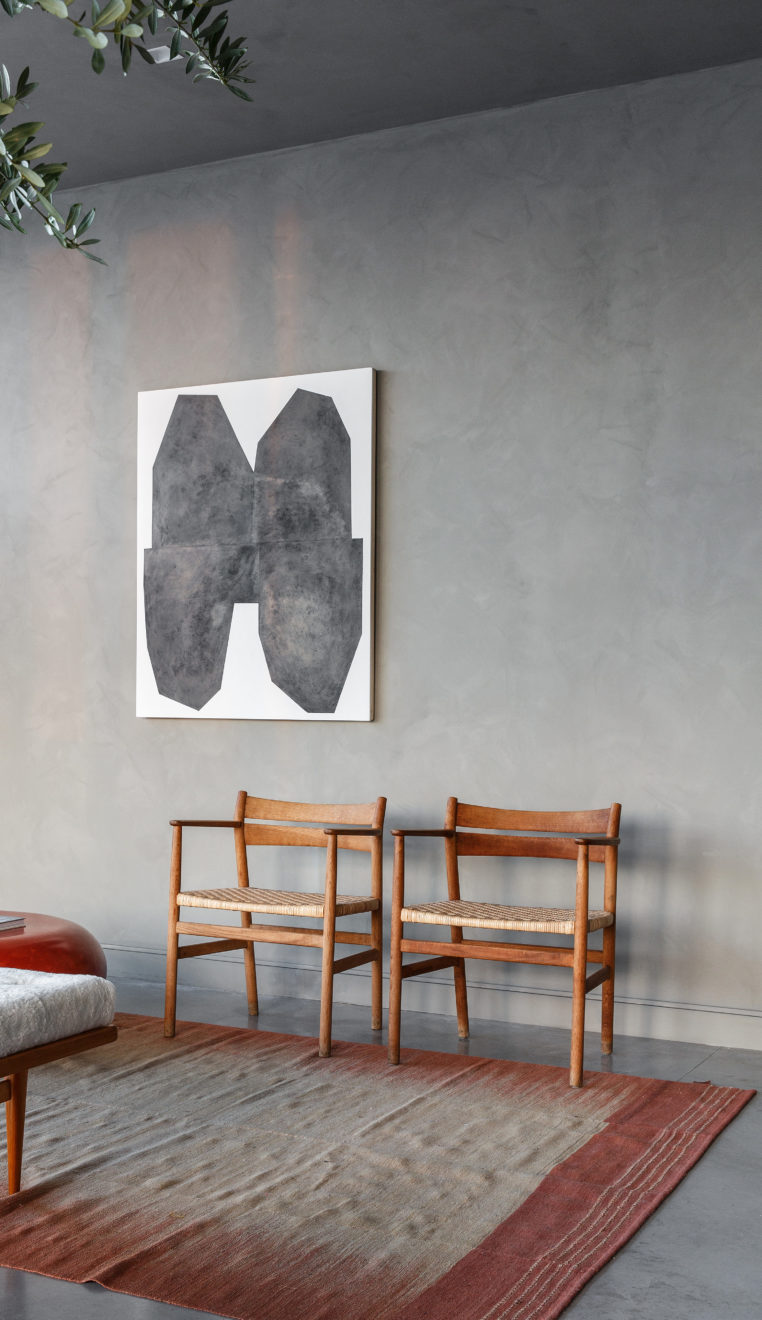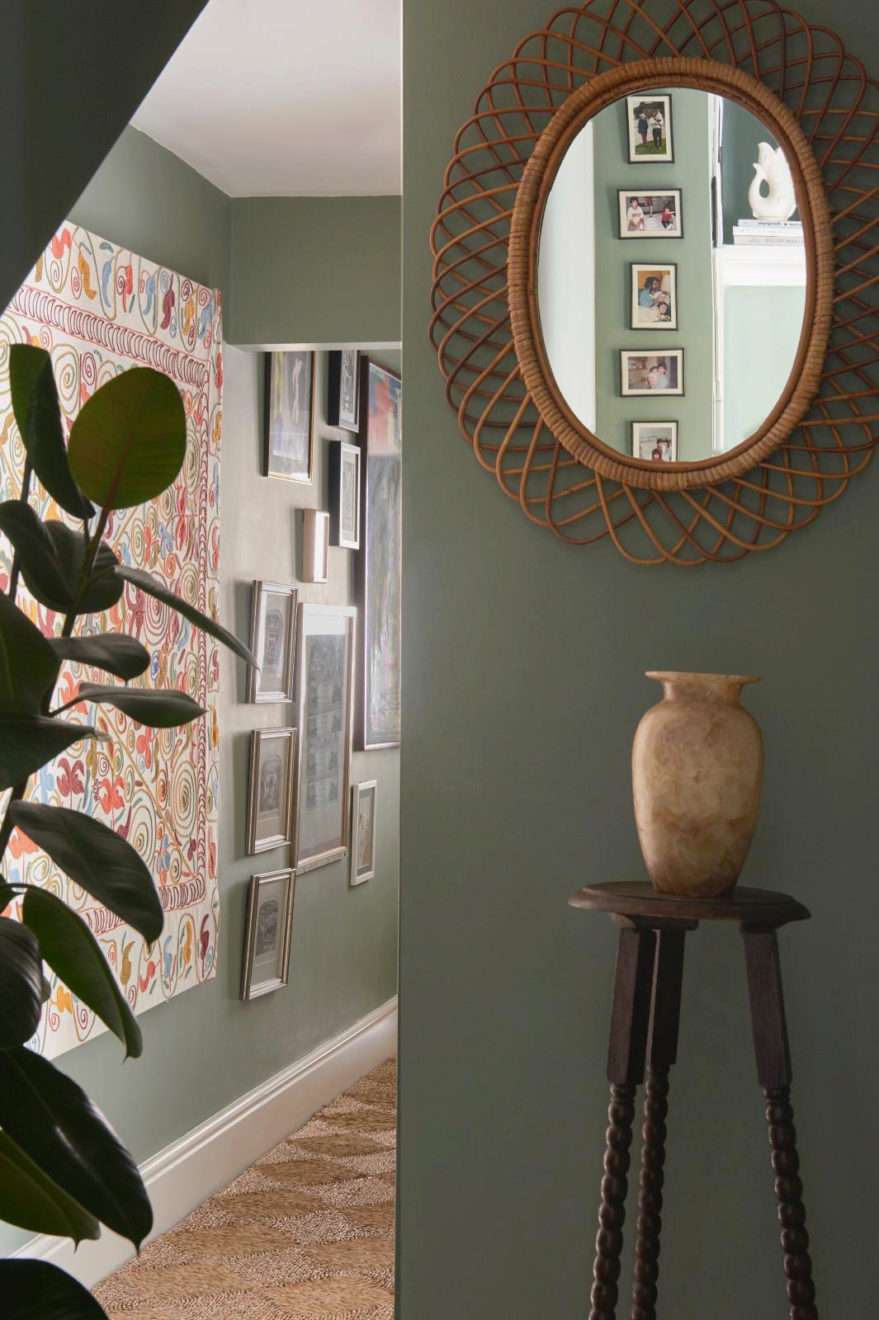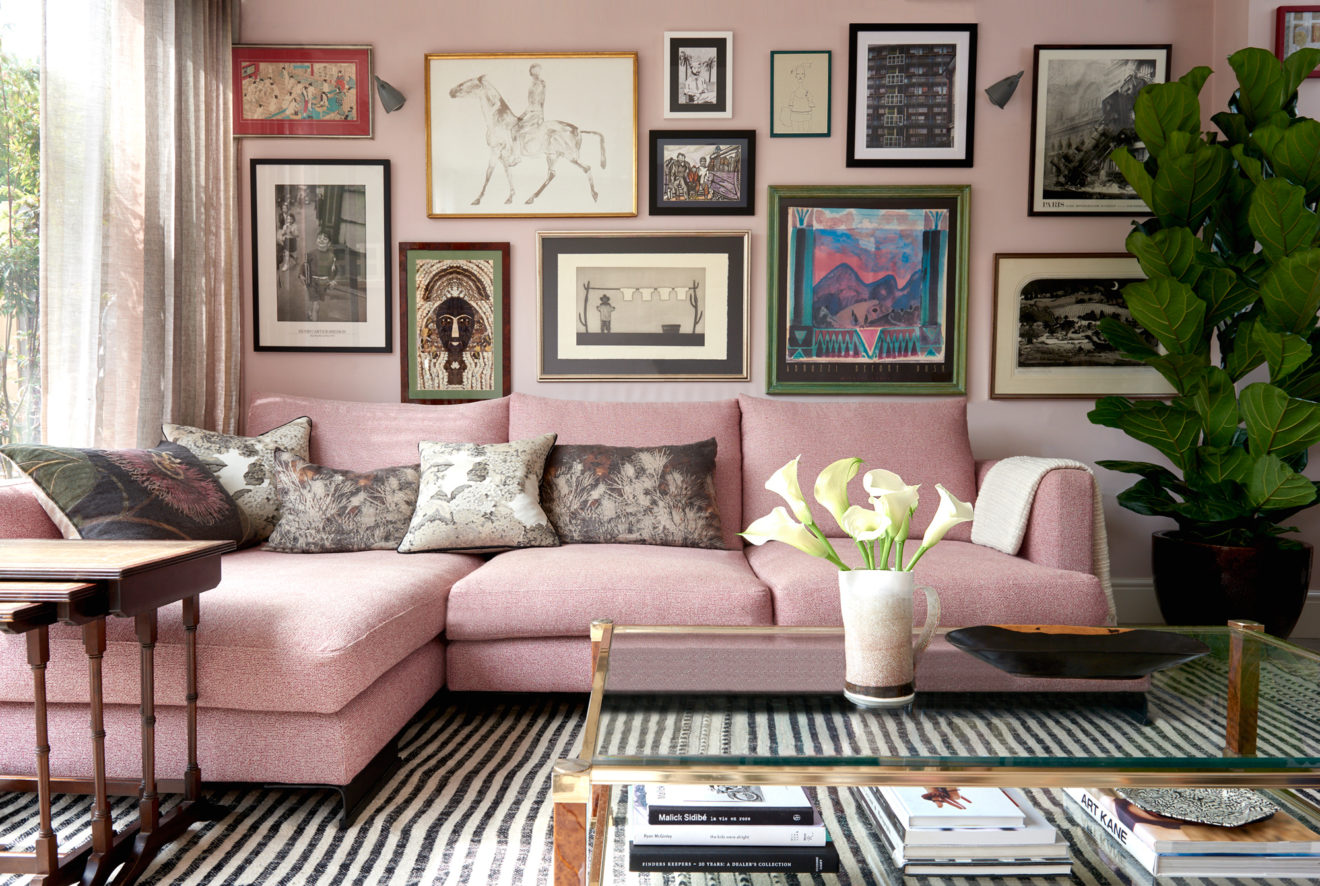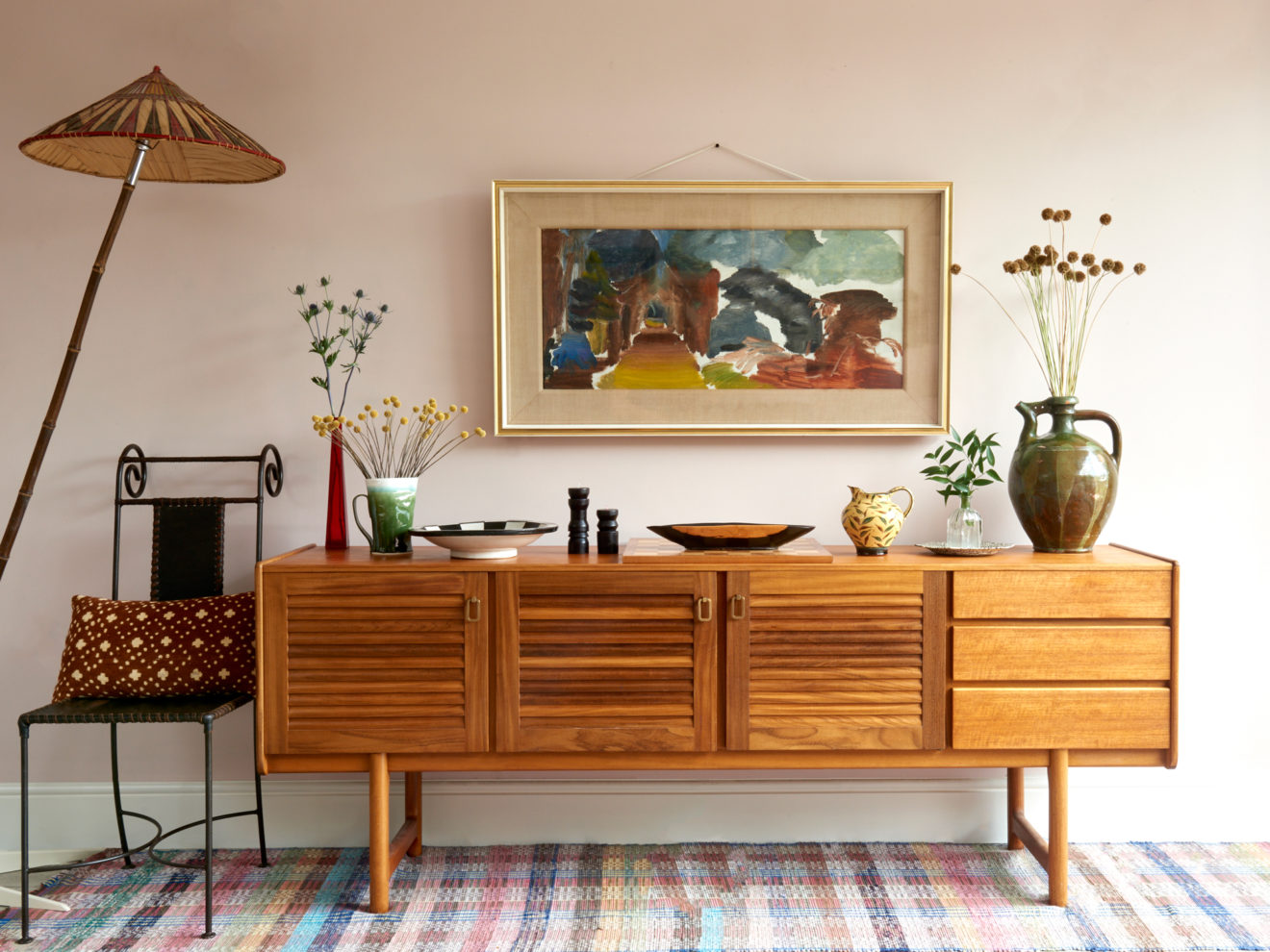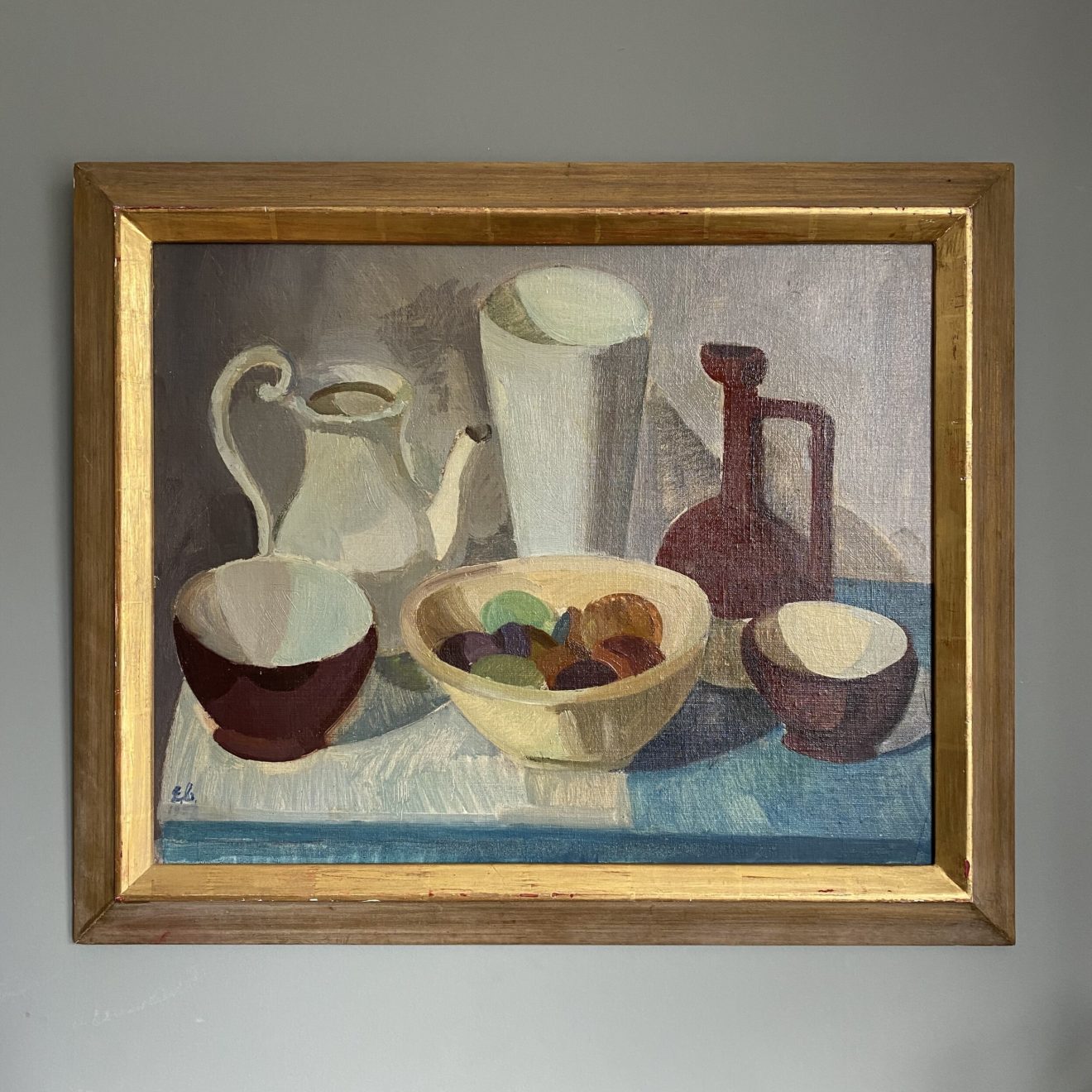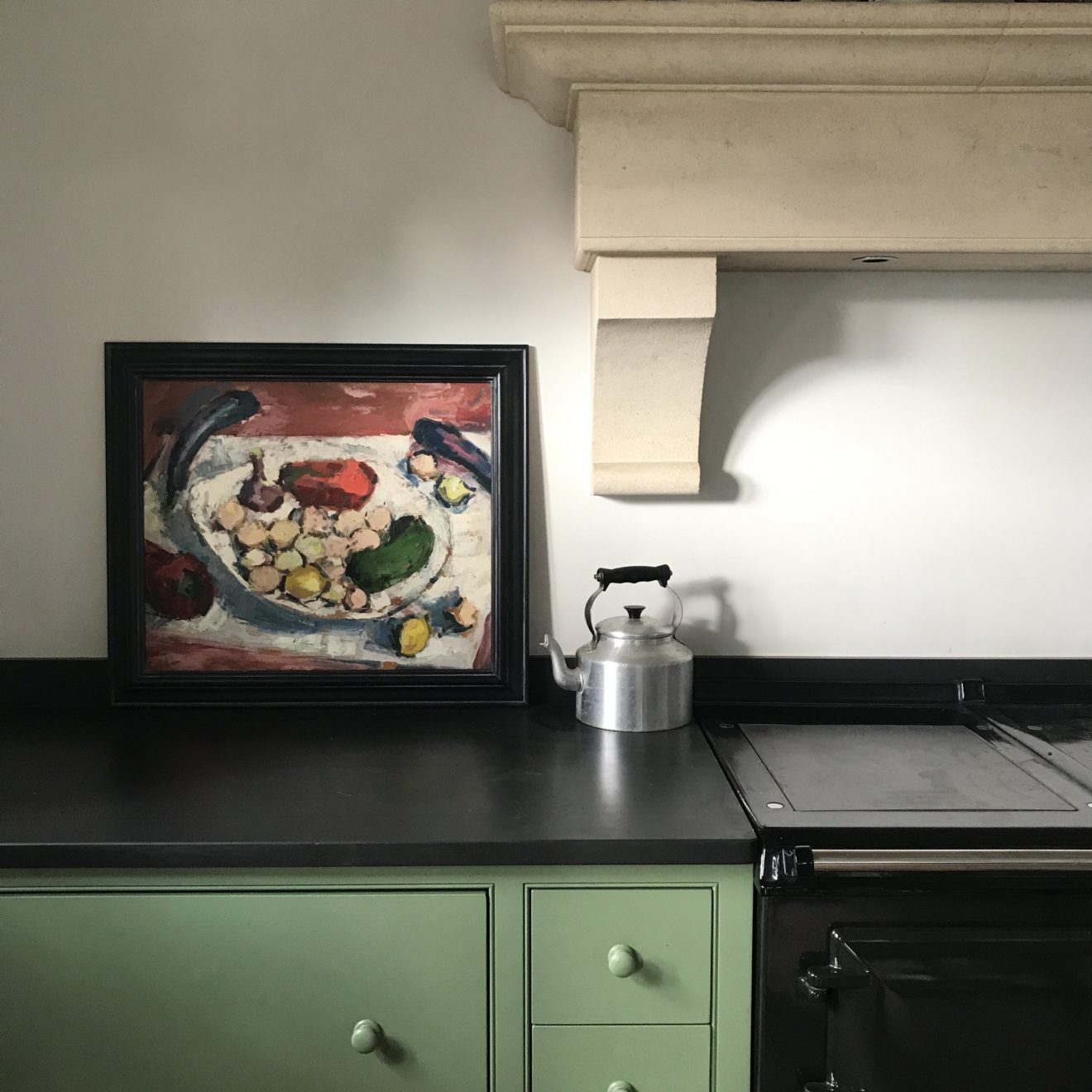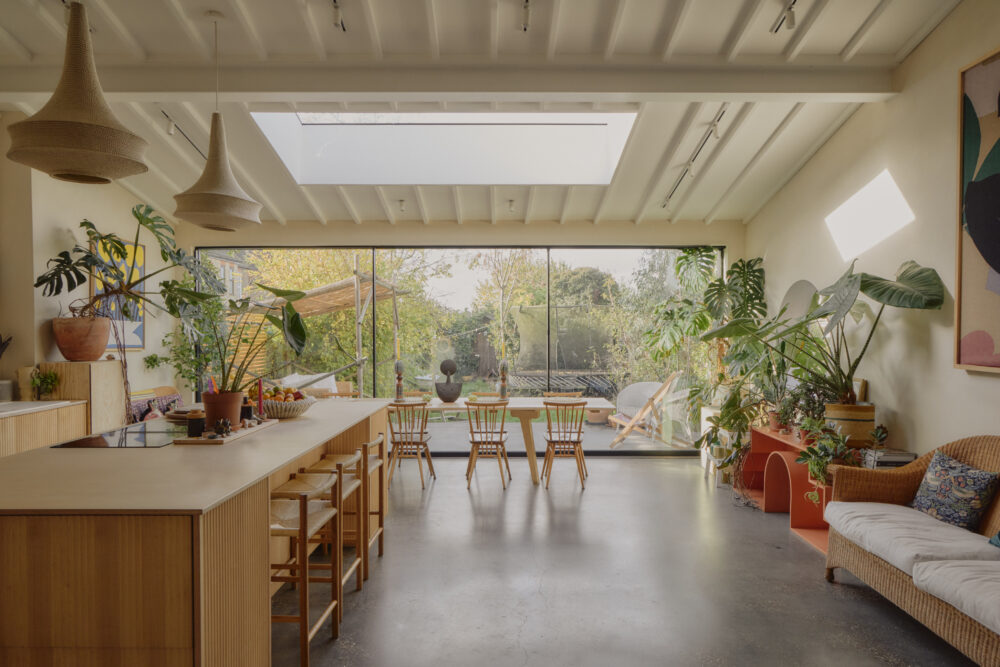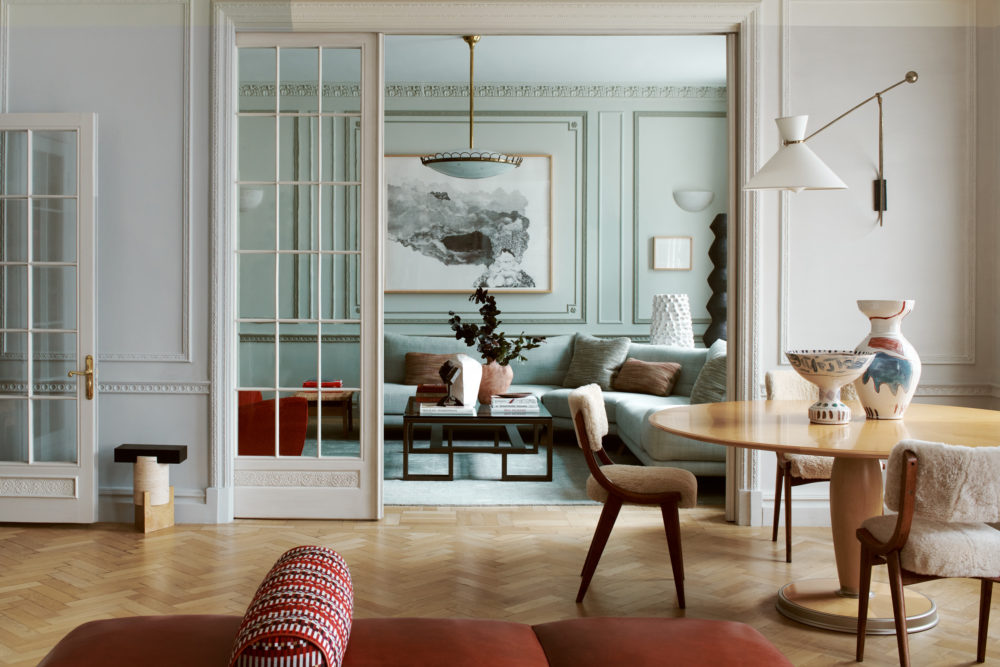How to display and frame your artwork
Collecting artwork and prints for your home is easy, but framing and hanging them can often be a daunting step of the process. We speak to five interiors and artwork specialists to glean their expert advice on how to display and frame artwork, and to get inspiration and ideas on how to make the best of the works themselves so that they pay a considered complement to your home.
Framing a piece of art can be a daunting process as there are so many options to choose from. I feel that it’s easier to first decide where you might want to hang the piece – considering the colour and size of the walls – so that you can narrow down the type of material (metal, wood, perspex etc), the size of the mount and the colour of the frame. Framers are used to people spending a while going back and forth so don’t feel like you’re taking too long. I use We Are Facility for all our framing at Modern Art Hire – they specialise in bespoke frames and are very open to trying things that haven’t been done before.
Most pieces look great in a white gallery frame with a white mount but there’s a big trend now of making the frame (and mount) as much of a statement as the piece itself. There are many options for fabulous coloured mounts which you can match (or mismatch) with equally colourful frames. This generally works well with modern works and statement pieces. Float mounting is also an option and can help elevate the work.
Creating a statement gallery wall is the best way to show off a range of artworks and it can be quite easy to achieve. I personally like to create these in a fluid way, rather than pre-planning the layout. I start with my favourite piece, placing it at eye height (or slightly above if you have high ceilings and need to fill a little more space) and then start building around this, making sure the furniture is in place and sits comfortably with each piece.
I find it much more interesting when the space between each piece differs and is not so uniform. I especially like hanging art in unexpected places such as over doors or low, just above the skirting boards, which creates a sense of surprise and interest around the home. There are many rules to hanging works but I believe the most interesting effects are achieved when you don’t follow the rules. Sometimes creating tension (i.e. artworks too close to one another, not uniform and not symmetrical) can give the work itself more presence.
It’s also a nice idea to vary what you’re hanging – try mixing in pieces that aren’t framed, such as a mask, a textile wall hanging, a sculpture, a basket. This helps make the space feel much more personal.
I like to mix styles when it comes to framing. To me, a contemporary drawing in an impressionist frame looks amazing. Or an abstract piece in an ornate frame creates an interesting juxtaposition. Each adding to the other’s qualities. The right frame can completely elevate an artwork.
When framing works on paper, it’s recommended to use UV protected glass or Museum glass if your budget allows. It’s a little more expensive but it means the artwork and colour won’t fade over time (especially important if it’s in a sunny spot).
When choosing a placement, I like to take things out of context to create an unexpected visual experience. In a recent project, I replaced the mirror in a guest toilet with a framed portrait. It’s a small detail but the client commented that it gets a lot of attention because it’s not what you’d expect to find.
Deciding where to hang artwork is really up to the individual and their interior space. Art collectors often do gallery walls because of space limitations. If you have a gallery wall in mind and you haven’t yet started your collection, you could consider having a theme. A few years ago I started grouping seascapes in a client’s house and we continue to add paintings to this day.
In general, though, anything goes. The most important thing is that you preserve the work well (especially if it’s valuable or much loved). But the placement is entirely up to you and you shouldn’t feel bound by rules. It sounds obvious but I’d recommend finding a spot in your apartment or house that you like looking at so you can really enjoy the art. In my own home, I constantly change things around and I love how the perception of the space changes accordingly.
Find out more about Heroldian Art Concepts art consultancy on their website, here.
Grouping your artworks can be a great way to curate your collection. Be thoughtful about how your artworks interact with each other – you’re bound to discover connections between them that you didn’t realise existed.
In my opinion, the best gallery walls comprise artworks that have been collected over time, rather than anything too deliberate or bought just to fill a space. Consider how much space you want to leave between each piece. If you’re going for an eclectic look that mixes different media, colours, frames and sizes, I’d recommend trying to keep the same distance between the works to tie them together visually. Also, think about balancing larger works out, so that it doesn’t feel bottom- or top-heavy.
Don’t get too crippled by the idea of the perfect placement as sometimes slightly off-centre and unexpected hangs make for the best ones with the most personality, plus, you can always change things around later.
Sometimes, framing can cost significantly more than the artwork, so in that case, you might prefer an ‘off the shelf’ frame. If you go down this route, I’d opt for glass over perspex, as I think that’s often a quality give-away. Neilsen makes fantastic frames which you can buy online from Amazon. I like their wood finishes and they look much more expensive than they are.
The overall aesthetic of your house can influence your choice. Natural wood finishes such as oak are great for a rustic feel whereas a white box frame is great for a contemporary look and can work well with colourful artworks as it lets them do the talking.
If your artwork has a deckled edge (when the border of the paper has a torn effect), then I’d recommend you float it in a box-frame. This means that the artwork has a suspended look in the frame, and the edges are shown off. If your work is straight-edged, you might want to go for a traditional window mount or even just laying the artwork onto a backing card for a cleaner look.
Georgia’s advice was adapted from her own guides to framing and hanging a gallery wall. Read both in full and discover up and coming artists on Partnership Editions.
For us, artwork is the most important part of any room. Art is hugely personal and gives the home a point of view – but that doesn’t mean you need to overthink it, it’s important to go with your gut when it comes to choosing artwork. And the same applies for framing and hanging it. We love the element of surprise when it comes to hanging artwork. For example, using more traditional pieces in modern homes and more modern pieces in traditional homes creates an interesting dynamic, and instantly makes for an eclectic space.
In terms of selecting mounts and frames, we tend to use colours that compliment the other pieces in the room. For example, in our South West London project, the largest piece of furniture was a pink sofa, which was directly in front of the gallery wall. In order for the space to work harmoniously, we used green as a complimentary thread and kept the rest of the framing fairly neutral and monochromatic to ground the scheme.
When it comes to a ‘salon style’ or ‘gallery wall’ hang, the trick is not to overthink it. Lay all of your pieces on the floor and start with placing your largest pieces first and fit smaller pieces in the missing slots. It’s important to have a variety of different sizes and mediums to ensure the space feels balanced.
Artwork doesn’t always need to be ‘hung’ – we love resting a small box frame inside a shelving unit or a very large piece lent against a wall for a more relaxed look. Never feel like something isn’t worth framing – whether it’s a collection of postcards you’ve saved from your favourite exhibitions, a piece of artwork handed down from a family member or an old record – each of these things can be framed and elevated to make them extra special. If you have a really special piece that speaks for itself, we tend to hang it in isolation. We would use a paired back frame and mount to allow the artwork to take centre stage.
Finally, picture lights are a brilliant way to highlight important pieces and create layers of light and depth in the space, allowing for a cosy atmosphere and to bring out the true colours of the artwork. We’ve worked with TM Lighting in the past who are the experts when it comes to lighting artwork.
Framing provides the opportunity to alter the visual impact and sizing of a piece of art. It can be expensive but you’ll never regret framing a piece well. It will add value, protect the artwork and make it look more impressive.
Things to consider are material, texture, colour and thickness of the frame. Mounts are often overlooked but they can have a huge impact on a piece of art. If you have a small print, you can use a large mount to alter the impression. Look at conservation or museum mounts or even play around with really strong and vibrant colours.
Searching for a frame online or on the high street can be tricky. The best thing to do is speak to a framer who is ideally a Guild Commended Framer – they will be happy to offer advice on the practicality of materials and scale. I’m lucky to have found one of the best framers I’ve ever used near where I live in The Cotswolds, it’s called Creative Picture Framers.
There are many rules around hanging a piece of art. There are many practical ones like considering furniture placement, ceiling heights and avoiding water pipes and wiring. Visually, however, there is really no right or wrong – it should be displayed in a way that appeals to you.
Personally, I always have some artworks propped up on various shelves around the house and I like mixing periods. With a gallery wall, I prefer them to grow organically rather than be over-planned.
My best piece of advice when hanging art is to move and rotate your pieces. Just because you hung that painting in the bedroom doesn’t mean it has to stay there! Switching your artworks around is an easy way to update your interiors and it can make you look at a piece in a different way.

